Alternative Energy
How To Find Pitchwood
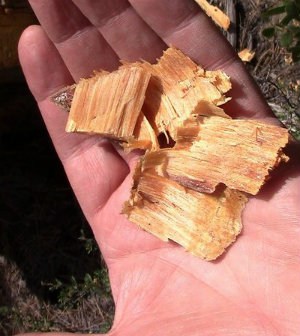
If you live in an area with pine trees, you probably have access to pitchwood, one of the most effective waterproof firestarters ever.
In the northwest pine forests where I hang out, there is generally an abundant supply of pitchwood.
If you know where to look, it is usually simple to find enough of this flammable material to get a good fire started quickly, regardless of the weather.
Before you can start looking, though, you need to know: What is pitchwood?
(Also commonly referred to known as Fatwood or “fat lighter,” “lighter wood,” “rich lighter,” “pine knot,” “lighter knot,” “heart pine” etc.)
According to the Forestry Forum: “…pines produce resin/pitch as a defense mechanism for wounds or insect attack.
When the bark is wounded, the tree pumps out resin to protect the wound from fungal attack or to expel an offending insect.
Over time as the heartwood forms with age, excess resin over the tree’s needs is shunted into the heartwood.
Over more time, this resin can totally permeate the heartwood to create a “pitch soaked” condition.
This high concentration of resin creates a very decay resistant heartwood. If the tree dies and falls over, the sapwood (the living functioning part of the wood), decays fairly rapidly.
However, the pitch soaked heart can last for decades.
This resin-impregnated heartwood becomes hard and rot-resistant. The joints where limbs intersect the trunk, can also be harvested. Most resinous pines can produce fatwood.
Fatwood is scar tissue of a damaged or injured pine tree, according to Forestry Forum. A lightning strike will scar a tree sometimes top to bottom without necessarily killing the tree. The result scar of burnt bark will “scar” over with resin. Once hardened, the wood and bark around the area becomes rich with the flammable hardened resin. Again, resin will harden forming “scar” tissue rich in fatwood. Hard yellowish resin can be found around the wound area. This can then be scraped off and used as a fire starter
So if you’re in a forest with pines, you should be able to find pitchwood. Here’s where to look:
Find a dead branch on a living tree: This is usually the easiest place to find pitchwood. Saw the branch off even with the trunk, then saw off a three-inch chunk. That will probably be pitchwood, and you can split it into tiny pieces to help get the fire lit.
Stumps: A retired forester friend of mine told me to look for old stumps that were about waist high. That indicates the tree was cut in about the 1930s with a hand crosscut saw. In other parts of the country, just keep an eye out for old pine stumps. If they haven’t rotted, there is a chance there may be some pitchwood in the middle.
Pine knots: These are the preserved branch parts of an otherwise rotted tree. Because they are impregnated with resin, they last a long, long time, and you may be able to pick them up off the forest floor.
Click here to view the original article on Survival Common Sense.
Choosing the Best Firewood
3 Quick Tips To Identify Dry Firewood
DIY Wood Gas Stove
-

 Paracord Projects1 year ago
Paracord Projects1 year agoParacord Projects | 36 Cool Paracord Ideas For Your Paracord Survival Projects
-

 Paracord Projects1 year ago
Paracord Projects1 year agoHow To Make Paracord Survival Bracelets | DIY Survival Prepping
-

 Medical Care1 year ago
Medical Care1 year ago21 Home Remedies For Toothache Pain Relief
-

 Knife Laws1 year ago
Knife Laws1 year agoAre Switchblades Legal? Knife Laws By State
-

 Do It Yourself1 year ago
Do It Yourself1 year agoSurvival DIY: How To Melt Aluminum Cans For Casting



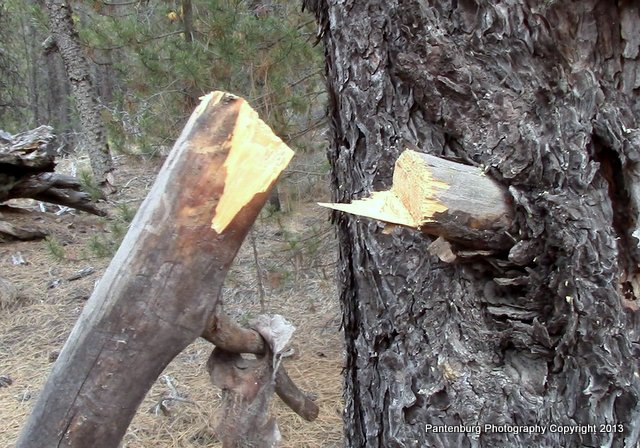

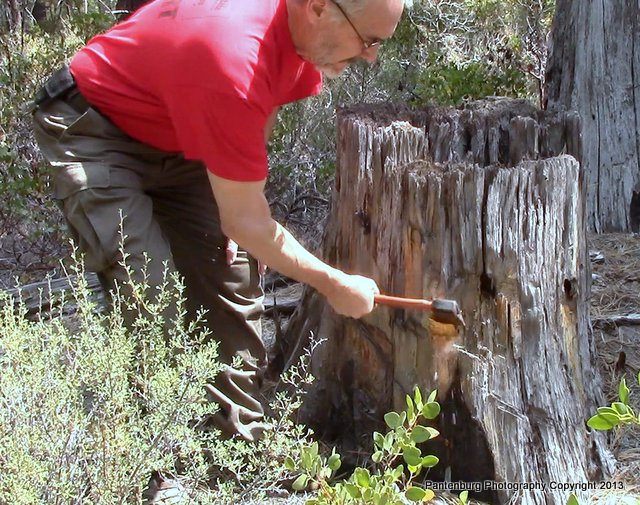
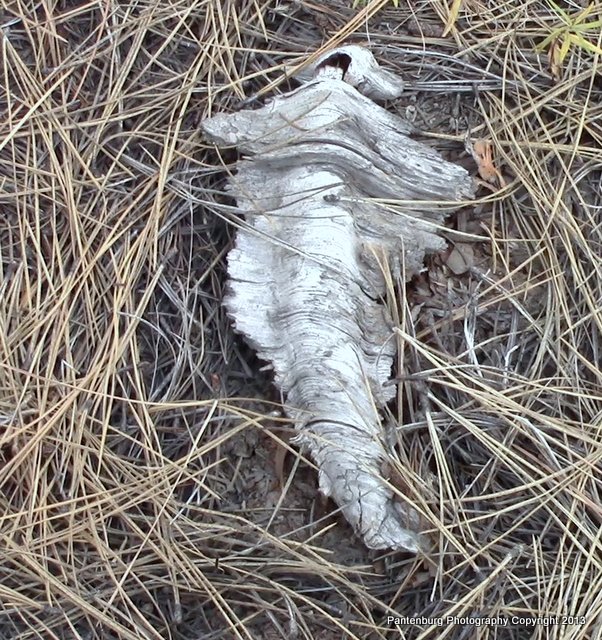

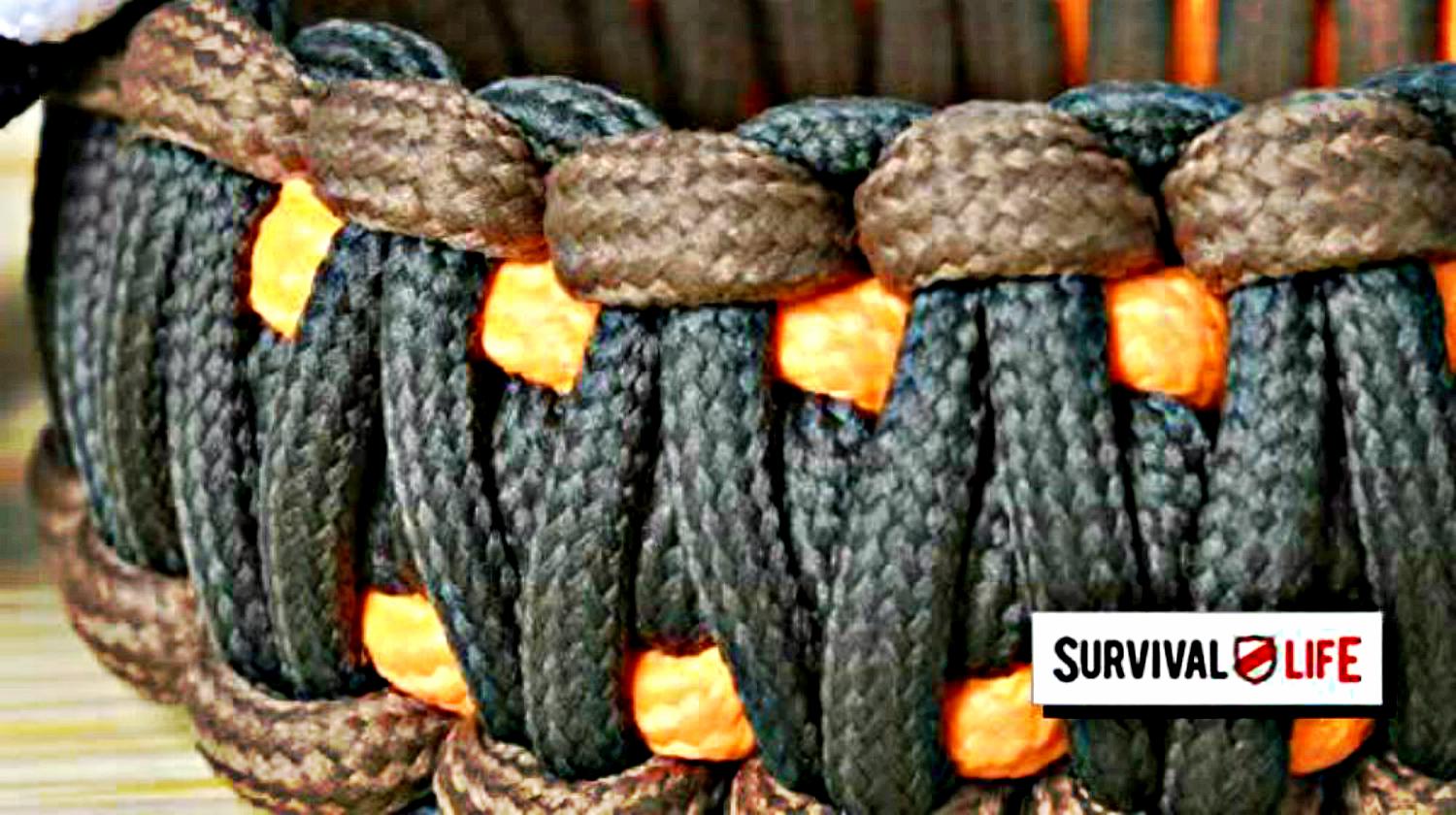




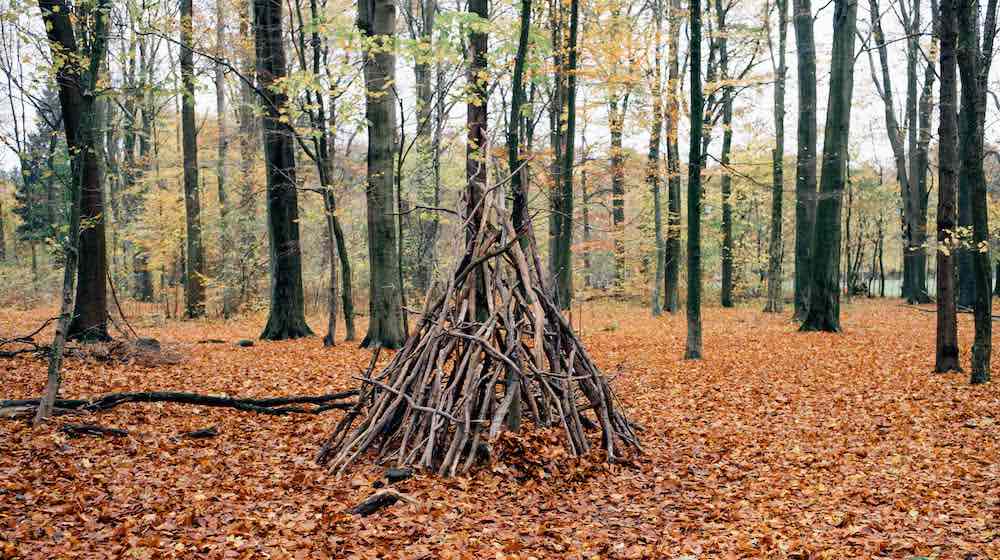


CARL TAPP
August 30, 2013 at 12:18 PM
ANOTHER NAME FOR THIS STUFF IS ‘ LIGHTER PINE ‘. THE HURCULES COMPANY
( HURCULES POWDER COMPANY ) USES IT TO MAKE GUNPOWDER AND EXPLOSIVES .
Ken
August 30, 2013 at 3:26 PM
Pine knots are also long burning (compared to an equal size piece of pine) and extremely bright. If you are trying to do something by firelight add a pine knot and life gets a lot easier.
Frank
August 31, 2013 at 1:52 PM
Where I live in the south, it is considered only courteous when visiting a neighboring campsite to bring a lighter knot to add to their fire.
Don Odom
September 9, 2013 at 10:03 AM
Like many Southern pronunciations, what we call it here in Lower Alabama doesn’t match any of the listed names. We always called it ‘lighterd’ pronounced as it’s spelled.
nomo bo
September 16, 2018 at 7:24 PM
If you find a large, thick piece of litard, don’t cut or split it until you are ready to start using it. The more you split it it, the more surface area is exposed and the more likely the internal volatliles will evaporate, and thus make it less flammable.